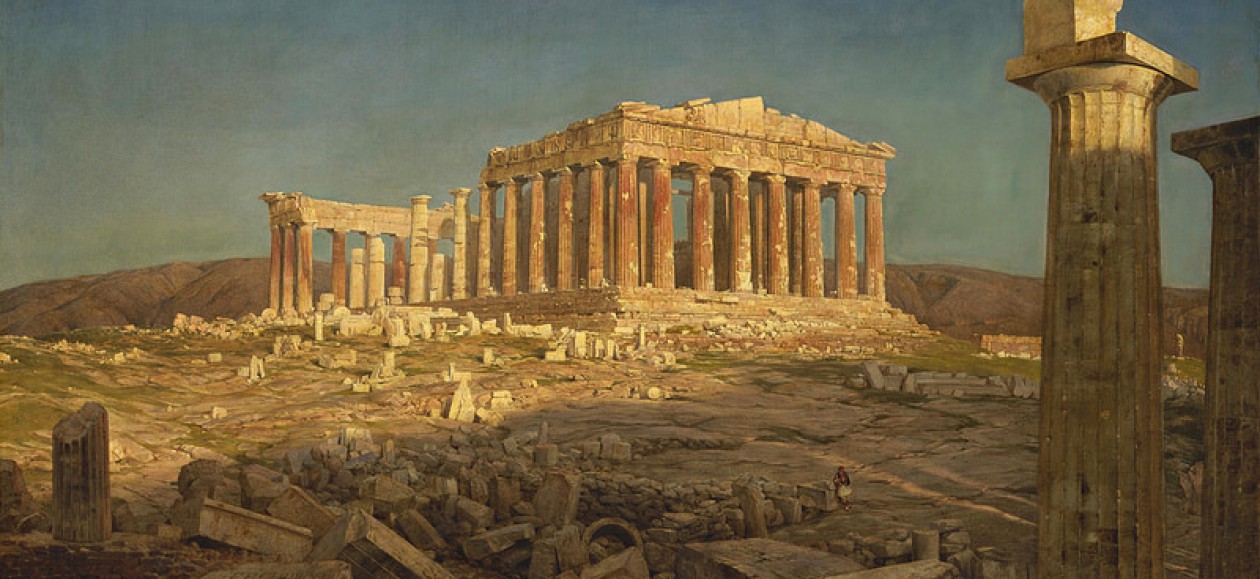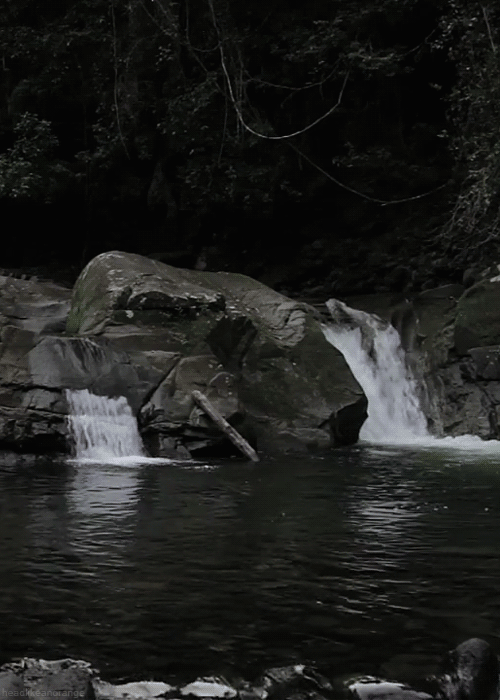2 RESUMEN
Sebastían Durón ( Brihuega 1660 – Cambo-les-Bains , ) fue un IMPORTANTEorganista y compositor español. Huérfano a los 8 años, fue Alonso Xuarez , maestro de capilla de la Catedral de Santa María y San Julián de Cuenca, quien se encargó de su formación, lo mismo que la de su hermano Diego Durón . Siguiendo la costumbre de la época, recorrió como organista varias ciudades: Zaragoza, Sevilla, Burgo de Osma y Palencia.En esta última ciudad permaneció cinco años consolidando su fama, hasta el extremo de ser nombrado por Carlos IIorganista de la Capilla Real el 23 de septiembre de 1691. En 1702 se hizo cargo de todas las actividades de la corte , tanto religiosas como teatrales. En 1706, Felipe V , en recobrar Madrid, lo obligó al exilio por haber manifestado públicamente su adhesión a la Casa de Austria . Para ello se instaló en Francia, primero en Bayona.En 1714 regresó a España prestando sus servicios en casas de la nobleza como en la del conde de Salvatierra y en la del duque de Osuna. En 1715 viajó a Baiona como capellán de honor de la reina viuda Mariana de Neuburg . Su producción fue muy extensa, con un tratamiento diferente según la temática de sus obras. Pero fue su obra teatral más importante de su repertorio, siendo la ópera La guerra de los gigantes (1710) la primera en la historia musical española en la que aparece el nombre propiamente ‘ ópera ‘. Años más tarde, el jesuita Antonio Eximeno le acusó injustamente de ser el responsable de la decadencia de la música española por haber introducido la moda italiana.
3 OBRA:
Vocal secular:
Zarzuelas and operas:
all first performed in Madrid
Salir el amor del mundo (zar, 2, J. de Cañizares), 1696, ed. A. Martín Moreno (Málaga, 1979);
Muerte en amor es la ausencia (comedia, 3, A. de Zamora), 1697, Mn;
El imposible mayor en amor, le vence amor (zar, Cañizares), 1711, P-EVp;
Las nuevas armas de amor (zar, Cañizares), 1711, E-Mn, P-EVp, ed. in Hart, 1 song E-Bc;
Veneno es de amor la envidia (zar, Cañizares), 22 Jan 1711, Mn
Acis y Galatea (zar, Cañizares), 1 song Mn (incorrect attrib.);
Amor es quinto elemento (Zamora), 1 song Bc, 1 song Mn;
Apolo y Dafne (zar), Mn, collab. J. de Navas;
Los elementos de amor, voz, cristal, luz, y color (M. de Vidal Salvador), 1 song Mn;
El estrago en la fineza (zar, Cañizares), P-EVp;
La guerra de los gigantes (ópera scénica, 1), 1700–07, E-Mn;
Selva encantada de amor (zar), Mn
Other:
52 Villancicos, 1–9vv: 7, Sucre, Bolivia, E-CU;
12, E;
7, PAc;
7, SAc;
15, SEc; 4, VAc
Villancicos, theatrical songs, other songs, Santuario de Aránzazu, Bc, cathedral archive, Calzada, Cu, Convento de las Descalzas Reales, Madrid, Mn, SEc, V, GCA-Gc, MEX-Mc, Instituto Nacional de Bellas Artes, Mexico City, San Antonio Abad Seminary Library, Cuzco, Peru, US-NYp, SFs
Doubtful works:
Celos vencidos de amor (zar, M. de Lanuza), 1698, ?lost;
Júpiter y Yoo (zar, Lanuza), 1699, Mn, score anon
Vocal religiosa:
Missa sobre el ‘Ave maris stella’, 8vv, E-E, PAMc;
Missa sobre el Ave Maria, 8vv, VAcp;
2 Missae sobre el Ave María, 8vv, bc, E;
Missa ‘Dios te salve María’, 8vv, bc, E;
Missa de batalla, 7vv, Mn;
Missa ‘a la moda valenciana’, 3 choirs (10vv), E;
Misa de difuntos, 3 choruses, bc, E, Mp, funeral lessons, Taedet, 10vv, insts, Pelli mei, 8vv, insts, Mp
3 vespers collections, 8vv, bc, E;
6 vespers pss, 8vv, bc, E;
Completas, 8vv, CU, E;
Completas, 8vv, orch, Mp (collab. F. Corselli);
Letanía de los santos, 8vv, org, orch, Mp;
2 litanies, 8vv, E;
4 lamentations, 4vv, 8vv, with and without insts, MEX-Mc, GCA-Gc;
Lamentation (Incipit Lamentatio), 8vv, vns, E-E;
Lamentation (Aleph. Quomodo obsucatum est), S, 3 vn, bc, E;
Lamentation (De lamentatione Jeremiae), a12, vns, E;
Lamentation (Incipit Oratio Jeremiae), 4 choirs, vns, clarín, bc, E
Miserere, 8vv, vns, violón, bc, E;
Miserere, 12vv, vns, fls, bc, E;
Dixit Dominus, 3 choirs (9vv), bc, SA;
TeD, 4 choirs, vns, clarín, bc, E;
María: in idirem ungüentorum tuorum, motet, 2vv, bc, E;
Ego sum resurrectio, motet, 4vv, bc, E;
Responsorio de difuntos, 4vv;
Laudate pueri Dominum, 4vv, 1694, San Antonio Abad Seminary Library, Cuzco, Peru;
Regina Caeli, 8vv, org, bc, E-E
Salve;
Salve Regina, 8vv, VAcp;
3 Salve regina, 8vv, org, bc, SA;
Salve Regina, 8vv, org, E;
Salve a nuestra Señora ‘a dos coros y el primero canta siempre en eco’, E
4 TEXTOS:
Durón wrote a large quantity of both sacred and secular music. Many of the Latin-TextEdit sacred works are predictably conservative, within what was expected for service music in Counter-Reformation Spain. Some of them, however, especially the motetes, Misereres, Te Deum, and Lamentations, show Durón at his most moderno and are importante as well for their new texturas and use of instrumentos. The villancicos include large and small pieces for voices and instrumentos that preserve the Spanish Baroque musical heritage of Earlier Composers such as Juan Hidalgo, yet go beyond what Hidalgo and others had achieved in the deployment of new musical techniques and géneros for textual expresión and effect. Durón s villancicos seem especially ‘Theatrical’; he employed virtually the same fresh approach to setting their sacred textos in the vernacular as he displayed in his brilliant Theatrical scores.His first Theatrical resultado was probably the zarzuela Salir el amor del mundo. This was followed by music for other zarzuelas and comedias with textos by Cañizares and other fashionable Dramatists. The highly successful Veneno es de amor la envidia was Perhaps Durón s last composition for the Spanish stage. Its première in Madrid, by the company of Joseph de Prado, together with Prado s public performances of two other Durón zarzuelas in Madrid 1710-1711 (well after Durón s exile in 1707) could INDICATE that Durón siendo scores to Madrid from his place of exile, oro left copias of these works in Madrid before his departure. Some of Durón s zarzuelas were Presented in privately sponsored performances in Lisbon, 1718-23, and copias of his cantatas and extraído Theatrical songs are preserved in Latin America. Durón s ‘ópera escénica’ La guerra de los gigantes was Composed as an aristocrático commission for the Count of Salvatierra. The story and five characters of the opera are taken from the legend of the curva of the giants against the gods of Olympus. With no libretto Surviving, it is difficult to know precisely if the one-act manuscript resultado presentes en complete opera and indeed whether it was fully sung in performance. Because the work has Barely año recitative, the plot Unfold through a series of septiembre pieces (largely strophic airs and four-parte Choruses). It parece, likely that this was actually a partly Sung entertainment in the manner of a zarzuela, with spoken roles for additional secondary characters and further dramático dialogue. Most contemporary works included eight or more characters. In Durón s own Veneno es de amor la envidia, Perhaps his most italianate work, three of the eight characters have entirely spoken roles, and only the three supernatural roles are sung entirely.Although his career as a Theatrical composer was brief, Durón s contribution to the history of Spanish theatre music is importante. Along with those of Juan de Navas and Antonio de Literes, his scores demonstrate the co-existence of native and Imported musical styles that came to characterize musical life in Madrid in the early 18th century. Several years after Durón s death, his theatre music was still controversial; for some Nationalist críticos, he had Introduced contemporary foreign musical géneros and styles to the Spanish stage, thereby opening the door to all suertes of moderno abusos. His scores contaré French minuetos in addition to popular Spanish dance songs such as the seguidilla, italianate da capo arias beside traditional Spanish tonos and tonadas. Beyond formal Distinction, Durón s approach to texto setting and to the musical phrase different considerably from the established Spanish techniques associated with the music of Hidalgo. For these new sounds, Durón was Accused by later writers of having Polluted the ‘purely Spanish’ style with Capricious foreign ‘barbarismo’, to the detrimento of traditional Spanish gravity.GROVE MUSIC ONLINE (source / fuente: aquí

